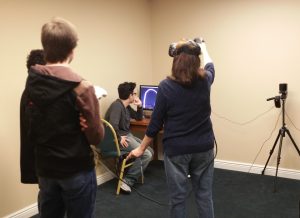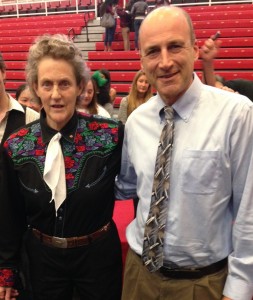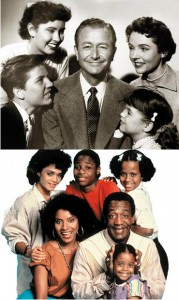This is a guest essay from a high school student Katherine Young. Katherine’s mom is a good friend of my wife and we had the opportunity to talk about the impact COVID had on people of her age. I felt she had demonstrated a personal resiliency so I asked her if she’d be willing to write something that I could post on the blog.
————————————————
There is no doubt that the COVID-19 pandemic took a toll on several aspects of everyday life. Many families lost those who were close to them. I know individuals who lost their jobs during the pandemic. Productivity rates were also at an all-time low for many students. I witnessed those around me losing motivation to get schoolwork done and it really started to become an issue. Fortunately, I was not affected as severely since nobody in my family was severely ill or hospitalized and I am beyond grateful for that.
On the other hand, this pandemic significantly affected my sleep schedule. I began sleeping much later than usual and waking up past noon. The effects really began to appear once I had to transition back to in-person learning for my junior year of high school. While it wasn’t easy, it surely wasn’t impossible. Being a Bronx Science student means having to wake up way before the sun is even up just to be able to take either public transportation or catch the school bus to arrive at school on time. To address my sleep schedule issue once the school year began, I would slowly adjust what time I go to sleep as the days went on – sleeping around 15-20 minutes earlier as the days progress. Over time, I was able to establish a regular routine once again. While it wasn’t easy, it surely wasn’t impossible.
While the COVID-19 pandemic has done a fair amount of damage to certain aspects of everyday life, it is important to also realize the positive side of things. Prior to the pandemic, I had no idea how to turn on a stove but now I make almost all my meals by myself and am a part-time pastry chef at Midtown’s Bibble and Sip cafe. Cooking and baking would take up majority of my day when I was stuck at home during quarantine and it allowed me to unplug for a bit. I made every birthday cake for my family members in 2020 and it made quarantine a lot less mundane for me. While the pandemic certainly took a toll on my mental health and certain aspects of my daily life, I am glad I was able to pick up a new hobby during that time.





